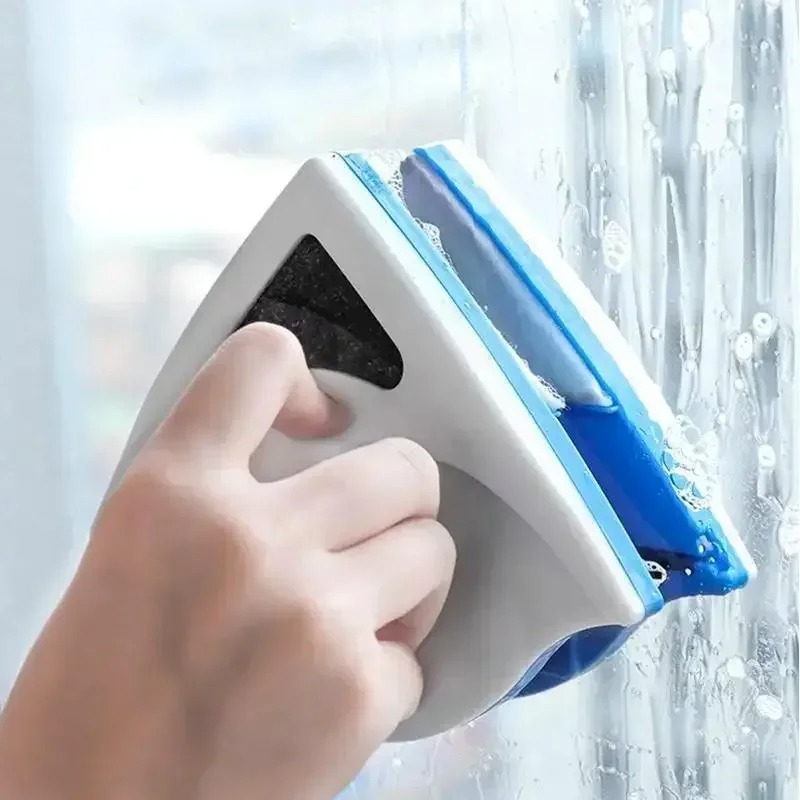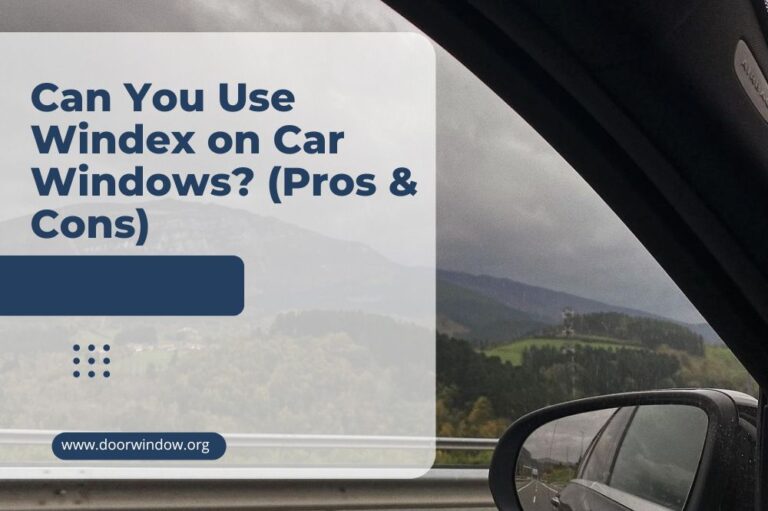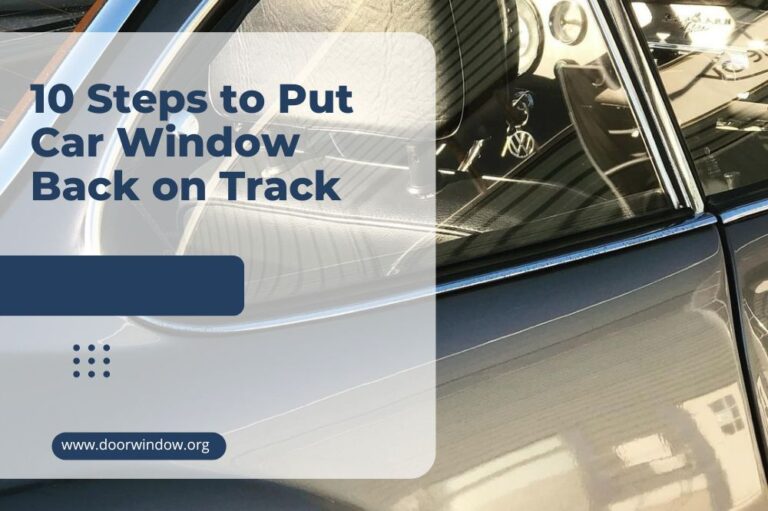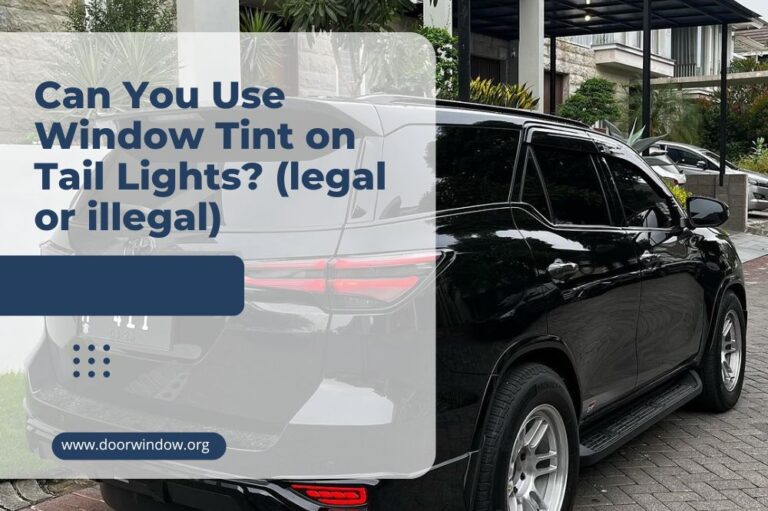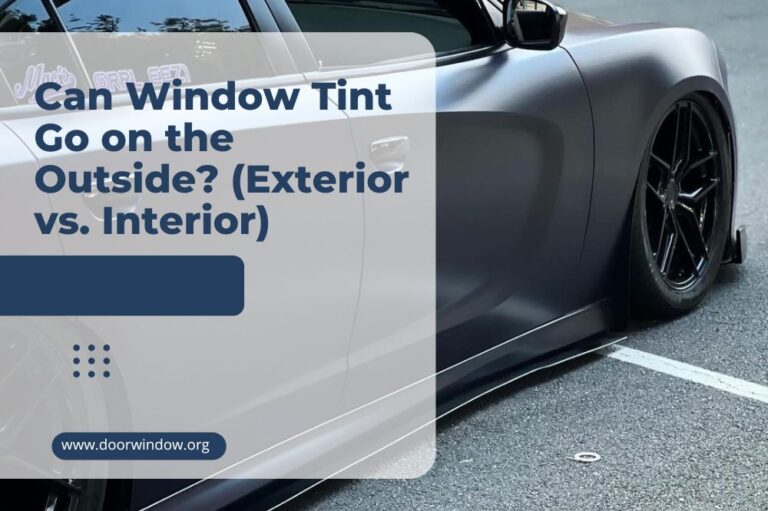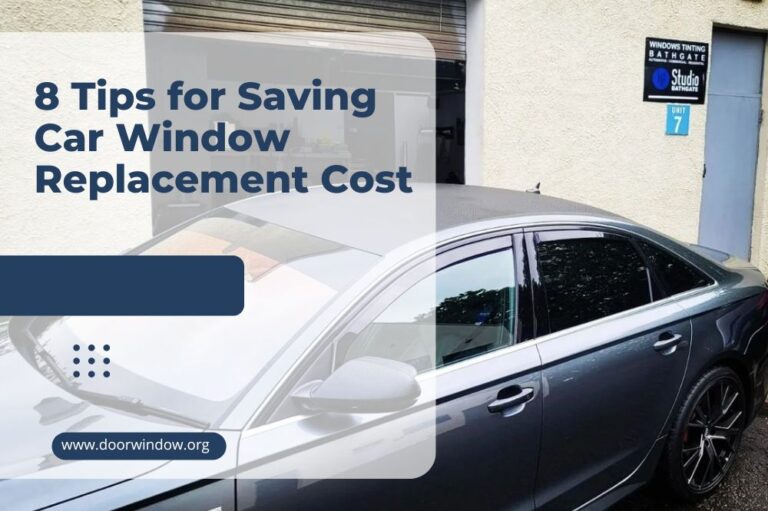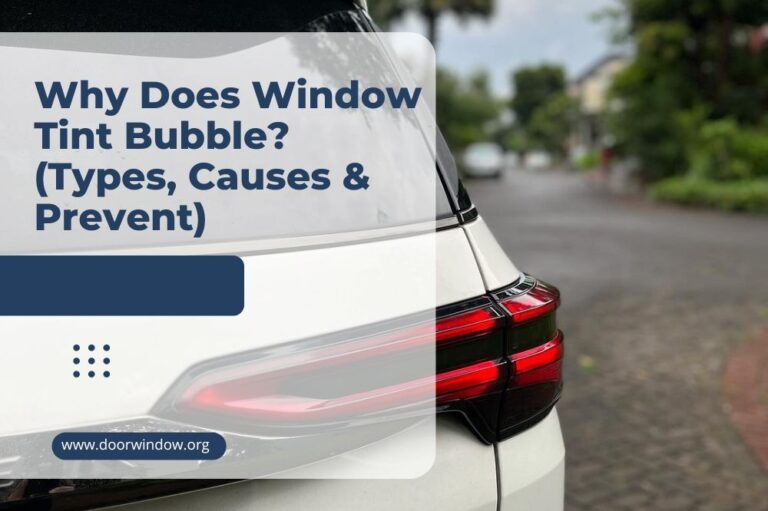Do Window Tints Keep the Car Cooler?

The answer to the question, do window tints keep the car cooler is simple. Yes, applying window tint is an excellent way to protect yourself and other passengers in the car from harmful ultraviolet and infrared light. Consequently, you will enjoy a comfortable ride in the car with reduced interior heat levels, despite high outside temperatures.
It seems unusual that such a thin film can significantly reduce the temperature inside your vehicle. However, things become more apparent once you discover the properties of the material used for this purpose. The only concern you have is to pick out the best tinting, depending on your needs and budget.
Does Window Tint Keep Your Car Cooler?
Most drivers wonder whether window tints keep the car cooler, particularly during hot summer days. In short, yes, it is an excellent way to efficiently lower the temperature inside a vehicle and block out approximately 80% of harmful UV rays.
You can find several window tint types on the current market, but all are basically transparent clear layers made of polyester. All following differences appear after mixing with a few other tinting agents, like dye, ceramic, or metal.
After applying this thin film to the window inside, it will block visible light and prevent its transmission through the car glass. You should know that about 90% of visible light goes through an unprotected window. On the other hand, the film reduces it to some extent, depending on the type you choose to install.
Besides blocking visible light, this tint layer prevents UV and IR rays from entering the car inside. The basics of physics show that they heat the space, so their blocking makes it cooler. In this case, such prevention will cool down your vehicle.
Another benefit of tinting is your health protection since ultraviolet light is directly connected with skin cancer. Therefore, blocking these rays will help in prevention.
The extent of reducing UV radiation
The fact is that window tinting reduces UV rays from entering the car, but the level of that reduction can significantly vary. It primarily depends on:
- Your vehicle model
- The window composition
- The tint type and quality
- The efficiency level of the applied shade
For instance, most standard window tints typically block 25 to 45% of UV and IR rays. Some premium film types reduce heat by 75 to 85% and UV rays up to 99%. Such heat-blocking capability makes driving much more comfortable.
This film will also reduce the need for air conditioning and consequently decrease fuel consumption. The best thing is that tinted windows keep significantly blocking heat while the vehicle is parked in parking, regardless of the lack of shade. As a result, you can use your car immediately, without waiting with open doors to cool off.
Window Tint Types
Clear window tint
This type will successfully block UV rays without changing your car’s look and lowering visibility while driving. Unfortunately, it won’t protect you from heating.
Dyed window tint
It is an excellent, budget-friendly option that blocks UV rays, but it is not a perfect option for lowering the temperature inside the vehicle. This tint comes in various tint percentages and shades so that you can customize it to your taste. Even though it is durable, you can expect scratches, bubbles, and fading to appear over time.
Metalized window tint
This tint type efficiently blocks both UV rays and heat. Thanks to a thin metal layer, it will reflect the sun’s rays, resulting in a cooler car interior.
This film successfully reduces the wear inside the vehicle and makes it more comfortable to drive. Although you still need to park your car in the shade, this tinting will prevent a leather seat from scorching hot on hot days.
Metalized film is durable, scratch-resistant, and fades less over the years, making it ideal for families with toddlers and pets. On the other hand, it will interrupt cell phone and GPS signals.
Hybrid tint
This film combines dye and metallic particles that provide heat reduction without darkening windows too much.
The best thing is that you will get all benefits of dyed and metalized tints without adverse effects. It efficiently blocks heat, UV rays, and unwanted glare without interfering with electronics.
Crystalline tint
It is a perfect option for you if you prefer tinted windows without darkening. Such a film blocks solar heat and UV rays without noticing any change in windows while driving.
Ceramic window tint
This film type comes in various shades and finishes and successfully blocks both heat and UV rays inside the vehicle. Plus, it protects the car inside from glare and improves visibility while driving, regardless of the time of day.
Since it is metal-free, you can use GPS, satellite radio, and cell phone without signal interference. Unfortunately, this option is pretty expensive.
Carbon and ceramic efficiency |
|
| Reduction type | Reduction percentage |
| UV rays reduction | 99% |
| Glare reduction | 95% |
| Heat reduction | 89% |
Carbon tint (IR rejection)
This tint type is the best possible option when you need UV and heat protection inside your car. This film type blocks IR rays that cause the greenhouse effect, making it highly efficient for the vehicle inside cooling.
This top-notch product is durable and won’t lose effectiveness or fade over time. Plus, it is metal-free, so there will be no signal interference with cell phones, radio, and GPS signals.
Nano-ceramic tint
This most modern and highest quality tint on the market combines the best carbon and ceramic material features while reducing their shortcomings. It will successfully protect your car inside against heat, UV rays, and harsh glares.
Security film
Besides making your car cooler, this window tint will increase its security to some extent. The film is hard enough to keep the glass in one piece even after impact, reducing possible injuries in a case of an accident.
Window Tint Percentage Types
Nowadays, you can pick out films with various tint percentages that refer to visible light transmission (VLT%). This car window tinting measurement shows the amount of light that gets through an applied film. Depending on the tint type, they typically range from 5% to 90%.
No tint
When you drive a vehicle without window tint, you rely on clear glass that regular factory windows are created of. They provide complete visibility but have a few crucial disadvantages, including:
- Allowing heating the car inside
- Creating glares while driving
- Inability to block UV rays
50% tint
Applying such a tint to car windows will block half the light and protect the car’s inside from heat and UV rays without increasing darkness. Plus, it will improve your vision because such film reduces glares and prevents eye strain.
35% tint
Applying a 35% tint leads to a darker glass appearance without reducing visibility. It is noticeably dark, and you should admit that such a vehicle looks stylish and really cool.
20% tint
This tinting percentage can already cause problems with visibility. In this case, you can see through the window from inside, but with difficulty. It is forbidden in most states.
5% tint
You can’t tint your car windows this way since it is illegal for most vehicles in all American states. It is impossible to see through this film from the outside. However, this percentage also creates an issue with visibility from the inside. However, some limousines and armored vehicles are exceptions to the rule.
Myths About Tinted Windows
Most people misunderstand window tinting and believe it is dangerous or only a fashionable car accessory. Let’s break some ingrained misconceptions.
Tint wears over time
Most drivers expect tint to discolor, fade, and swell eventually, while bubbles appear on its surface. It can be true for cheap, low-quality films, but you won’t have such issues with professionally installed high-quality tint. In fact, it will last for years without any imperfections.
Tinting is illegal
It is a typical misconception without reason. States indeed limit darkening levels, and you can’t tint windshields, but car window tinting is legal throughout the US. The only thing you should do is to check laws and regulations in your state before having the film applied.
Tinted windows lower the vehicle resale value
It is the weirdest myth of all. Window tinting won’t decrease your car value. On the contrary, window tint will enhance vehicle resale value in most cases because most owners want a car protected from heat and UV rays.
Be sure everyone likes to get such a benefit without paying for it. In a case when a buyer doesn’t want a car with tinted windows, they can solve the issue by removing the film. As you know, it is entirely reversible.
Other Car Tint Benefits
Besides heat protection and UV rays reduction, window tinting has a few other benefits, such as:
- Safety increasing
- Glare reduction
- Increased kid’s safety
- Better driver comfort
- Increased energy efficiency
- Health benefits
- Increased privacy
- Car interior protection
- Glass shatter protection
- Better vehicle style and appearance
Summary
Window tinting can significantly reduce ultraviolet and infrared light, absorbs sunlight, and keep your car cooler. Thanks to this convenient solution, you can enjoy a comfortable drive without jeopardizing your health. Since the installation is complicated, you should pick out the tint type and let the professional do the job.


